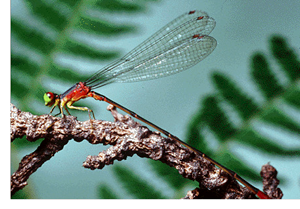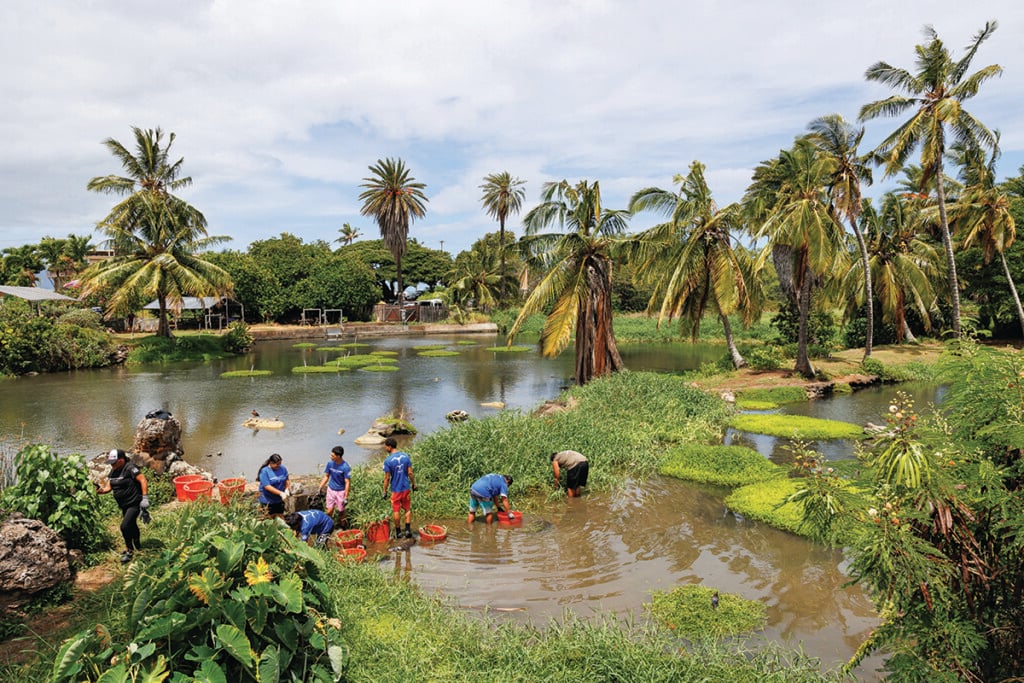U.S. Fish and Wildlife Service proposing to add 23 Oahu species to endangered list

The U.S. Fish and Wildlife Service is proposing to add 23 species — 20 plants and three damselflies — to its list of protected endangered species in Hawaii, under the Endangered Species Act.
As you may know, Hawaii’s natural beauty is far from impervious to environmental threats. Due largely to aggressive alien plant and pest species and our isolation in mid-Pacific, there are a total of 437 threatened and endangered species in Hawaii, according the Pacific Islands Fish and Wildlife Service Office in Hawaii.
Hawaii’s tally is the largest nationwide. Except for California, Florida and Alabama, all other state listings top out in double and single digits, according to U.S. Fish and Wildlife Service.
In a press release issued by the Center for Biological Diversity, Tierra Curry, a conservation biologist with the nonprofit group said: “These unique Hawaiian species are a national treasure, and we’re thrilled they’ll be getting the Endangered Species Act protection they need to survive.”
In 2004, the Center for Biological Diversity, based in Tucson, Ariz., petitioned to protect 19 of the Oahu species included in the proposal. The 19 species — 16 plants and the three damselflies (crimson Hawaiian damselfly, blackline Hawaiian damselfly (pictured, above), and oceanic Hawaiian damselfly) — have been waiting on the federal “candidate” list for protection for years. Candidates are species known to qualify for Endangered Species Act protection.
Last month, the Center reached a legal settlement with the Fish and Wildlife Service to expedite protection for 757 imperiled species, including 19 of the 23 proposed on Oahu. Curry said the Oahu species would likely be listed within a year.
In addition to the 19 Oahu candidates, the proposal includes four Oahu plants identified as the “rarest of the rare” by the Plant Extinction Prevention Program. Each of the four plant species has fewer than 50 individuals remaining in the wild and is in need of immediate conservation.
The four species of plants — all endemic to Oahu — include: Cyanea purpurellifolia (pictured, left), Cyrtandra gracilis, Cyrtandra waiolani, and Tetraplasandra lydgatei. These plant species, and about 180 others on the Hawaiian Islands, are tagged with “rarest of the rare” status, which signals need of immediate conservation, under the multiagency (federal, state, and private) Plant Extinction Prevention (PEP) Program.
The goal of PEP program is to prevent the extinction of plant species that currently have fewer than 50 individuals remaining in the wild on the islands of Kauai, Oahu, Maui, Molokai, Lanai, and Hawaii.
The 20 plant species listed in the protection proposal grow in a variety of Oahu habitats and are threatened by habitat loss and foraging and trampling by invasive goats, pigs and rodents. They are also threatened by invasive insects that outcompete native pollinators.
The damselflies are threatened by agricultural and urban development, stream alteration and predation by nonnative insects. The damselflies hatch and develop in streams, small cascades of waterfalls and wet, mossy areas. They then undergo metamorphosis and become shiny-winged adults that move into the forest.
One matter of concern tied to the federal protection proposal, Curry said, is that it reduces the current acreage designated at critical habitat area— essential for the conservation of the species — in Oahu’s Koolau and Waianae mountain ranges.
In 2003, more than 55,000 acres of Oahu habitat was designated to protect 99 plant species. The new proposal trims the total critical habitat area 43,491 acres for the 99 already-listed plants and the 23 new proposed species, Curry said.
“We are concerned that today’s proposal appears to be reducing habitat that has already been designated to protect Oahu’s species, so we’ll work to make sure these rare plants and animals get the full habitat protection they need to survive,” Curry said.
For additional information about endangered and threatened species designations, click here. To download a copy of the U.S. Fish and Wildlife Service’s protection proposal, click here.


